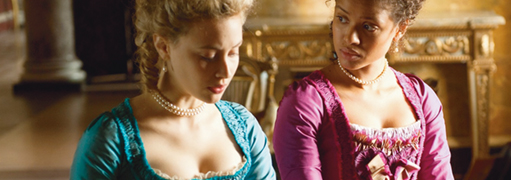Film Review: Belle
Historical Biopic Is Too Polite To Get Worked Up Over Slavery


“Mr. Darcy? Honey
Latest Article|September 3, 2020|Free
::Making Grown Men Cry Since 1992


“Mr. Darcy? Honey